The Late Bronze Age (1550-1200 BCE) was a time of significant political, cultural, and economic change in the ancient Near East. The Levant, a region that encompasses modern-day Israel, Palestine, Jordan, Lebanon, and parts of Syria, was home to several powerful empires that rose and fell during this period.
Pharaoh in Canaan
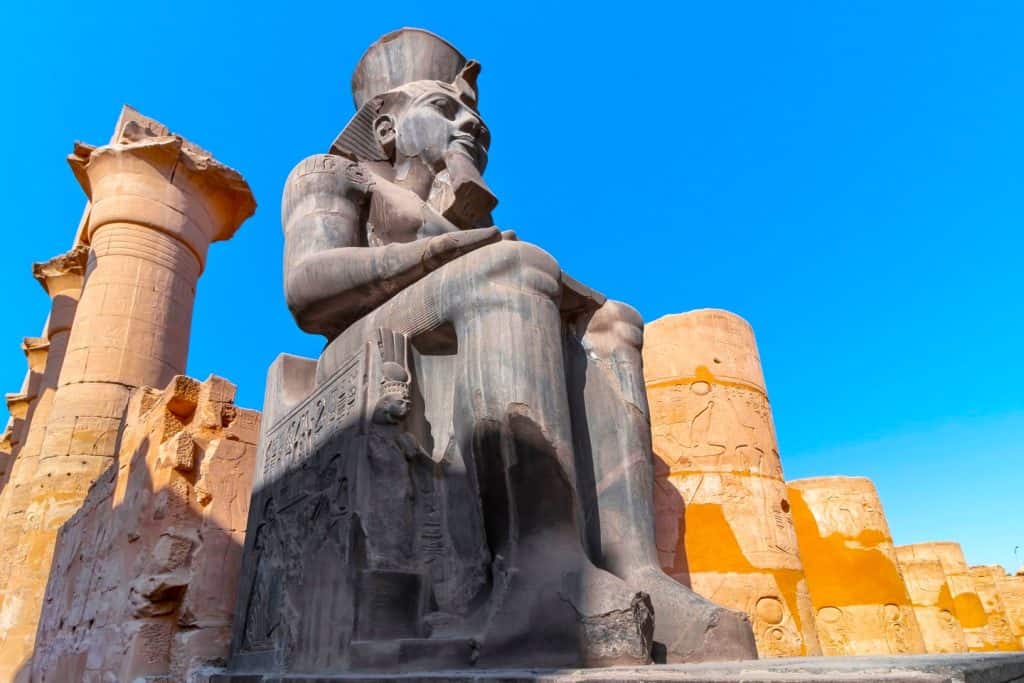
New Kingdom of Egypt
One of The Empires of the Late Bronze Age that was a significant power in the Levant during the Late Bronze Age was the New Kingdom of Egypt. Under the rule of Pharaohs such as Thutmose III and Ramesses II, the Egyptians expanded their empire and exerted control over neighboring territories, including the Levant. The Egyptians maintained a strong presence in the region for several centuries. Their influence can still be seen in the numerous temples, fortresses, and other structures they built during their rule.
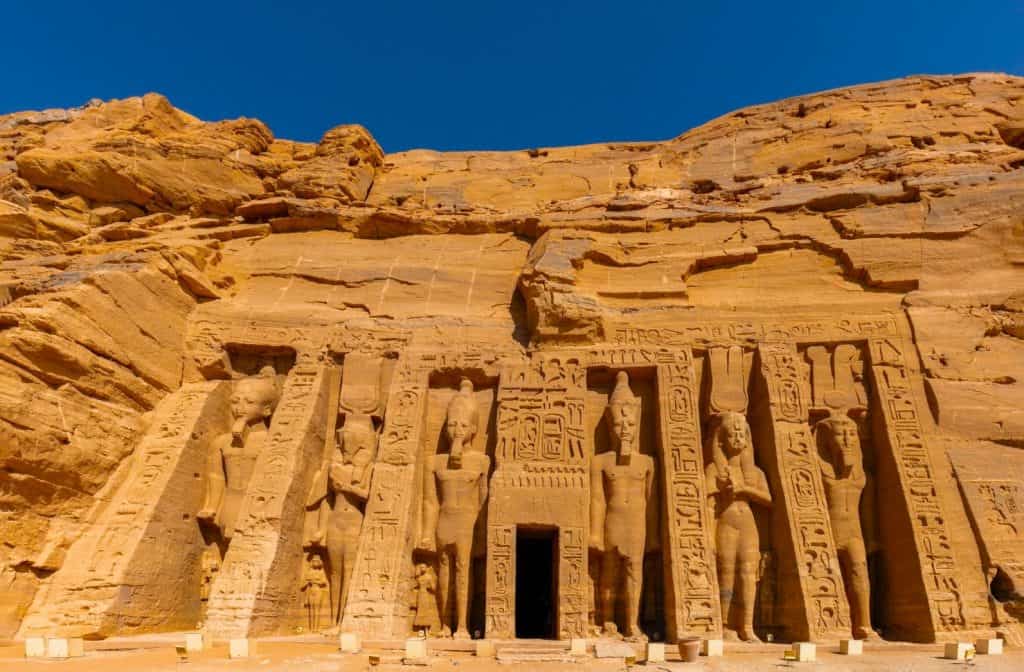
Credit: Diego Delso, CC BY-SA 4.0, via Wikimedia Commons
The Hittite Empire
Another major player in the Levant during the Late Bronze Age was the Hittite Empire. The Hittites, who originated in modern-day Turkey, conquered the region and established a powerful state that lasted for several centuries. The Hittites were known for their formidable army and sophisticated use of iron weapons, which gave them an advantage over their enemies. They also had a robust system of government and maintained a vast network of diplomatic relationships with other powers in the ancient Near East.
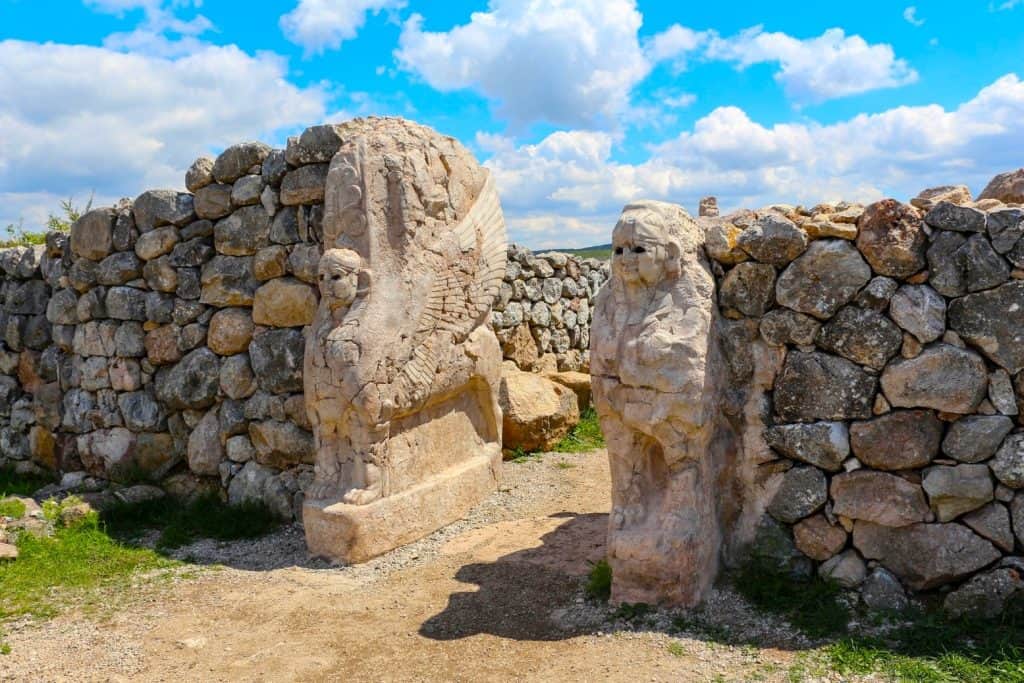
Credit: Bernard Gagnon, CC BY-SA 3.0, via Wikimedia Commons
The Empires of the Late Bronze Age: Ugarit
The city-state of Ugarit, located in what is now northern Syria, was also a significant power during the Late Bronze Age. Ugarit was a thriving trade center with solid connections to the Hittite Empire and the Egyptians. The city was famous for its literate society and its sophisticated system of writing, which used a cuneiform script. The archives of Ugarit provide valuable insight into the ancient Near East’s political, social, and economic conditions.
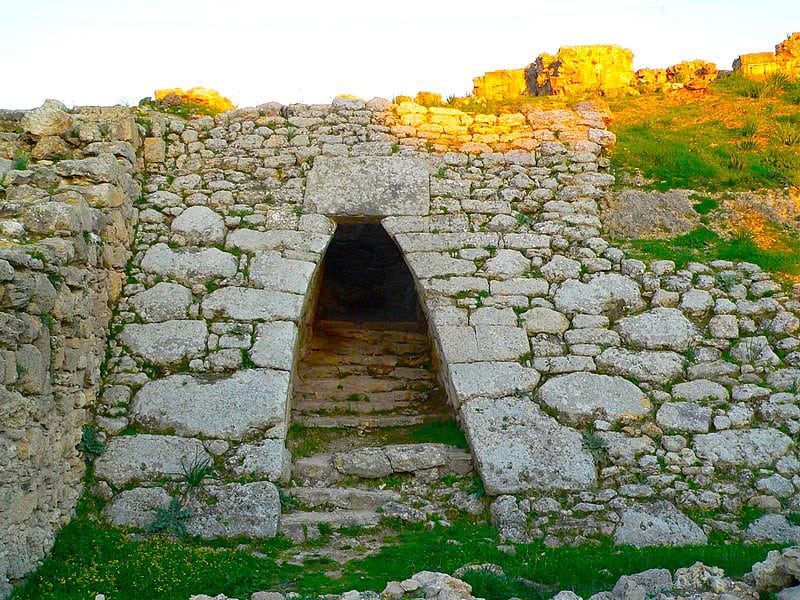
Credit: Disdero, CC BY-SA 3.0, via Wikimedia Commons
Kingdom of Amurru
Another considerable power in the Levant during the Late Bronze Age was the Kingdom of Amurru, which was located in what is now southern Lebanon and northern Israel. The Amurru were semi-nomadic people who lived in the region and established a powerful state with strong trading connections to other powers in the ancient Near East. The Amurru is mentioned in several ancient texts, including the Egyptian Execration Texts, which list the kingdoms and cities that the Egyptians considered their enemies.
In addition to these major powers, several smaller kingdoms and city-states in the Levant during the Late Bronze Age, including Byblos, Hazor, and Megiddo. These smaller entities often served as vassals or allies of the larger powers and helped maintain the region’s political and economic stability.
The Sea People
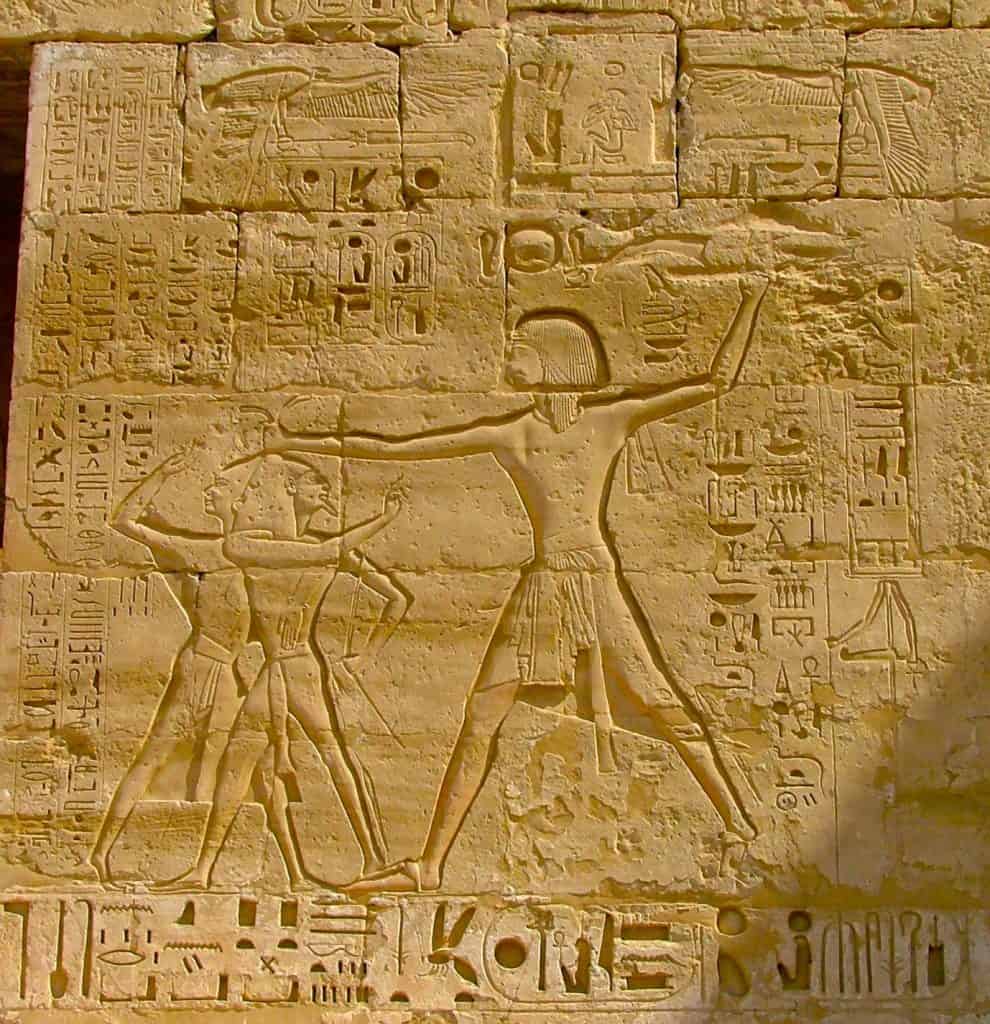
Credit: Codex, CC BY-SA 3.0, via Wikimedia Commons
The Collapse of the LBA Empires
Finally, the Late Bronze Age ended in the 12th century BCE with the collapse of the major powers in the Levant. This period of political instability, known as the “Bronze Age Collapse,” was caused by a combination of factors, including invasions by foreign powers, internal political turmoil, and environmental changes that led to widespread famine and disease. Despite the challenges of the Late Bronze Age, the civilizations of the Levant left a lasting legacy and contributed to the rich cultural heritage of the ancient Near East.
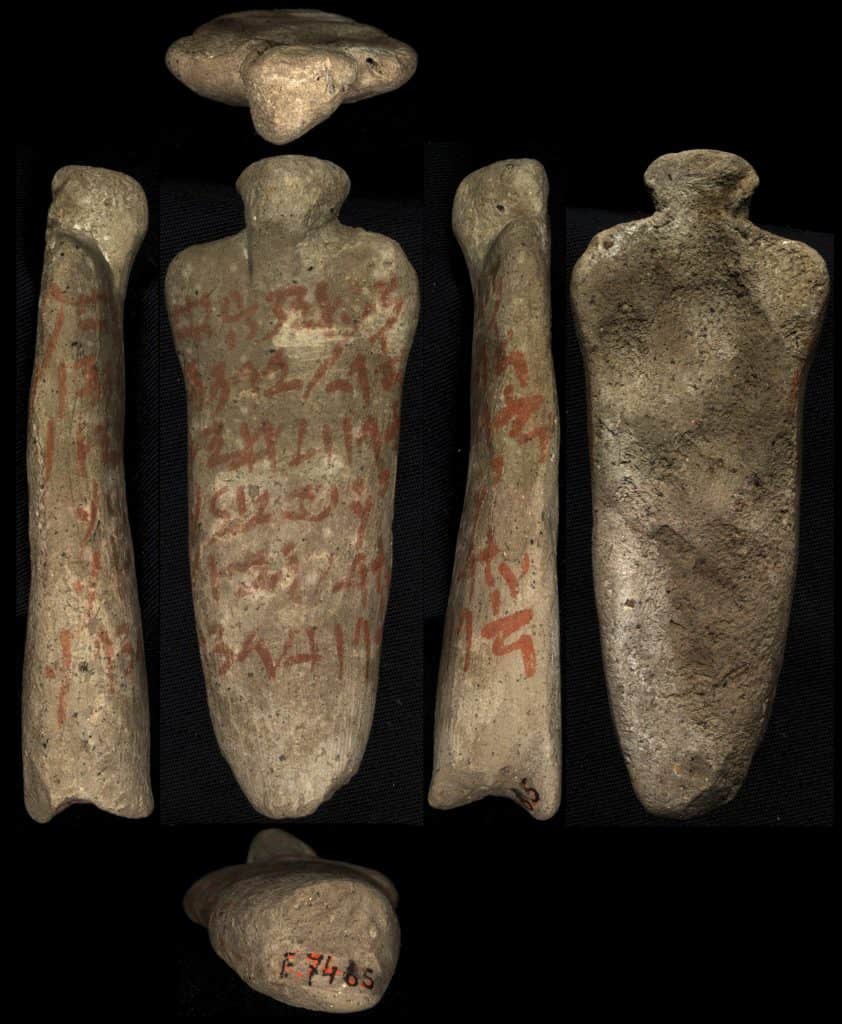
Credit: U0045269, CC BY-SA 4.0, via Wikimedia Commons
The Empires of the Late Bronze Age: Conclusions
In conclusion, the Levant was a region of great political, cultural, and economic significance during the Late Bronze Age. The major powers of the period, including the New Kingdom of Egypt, the Hittite Empire, Ugarit, the Kingdom of Amurru, and the smaller kingdoms and city-states, played a critical role in shaping the ancient Near East and left a lasting legacy. So despite the challenges of the Late Bronze Age, these civilizations continue to influence our understanding of the ancient world and provide valuable insights into the past’s political, social, and economic conditions.







